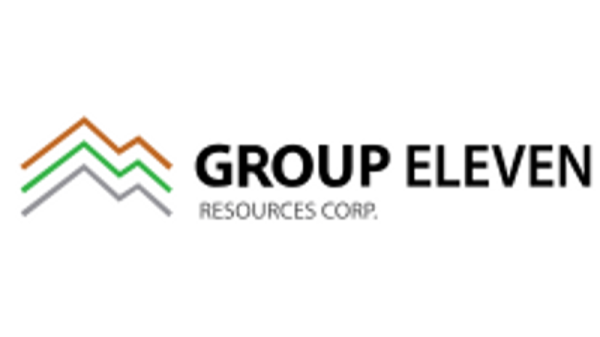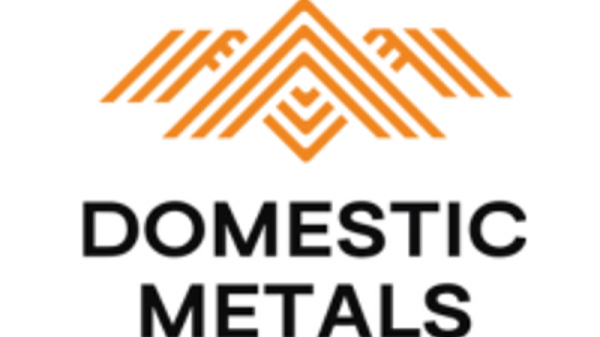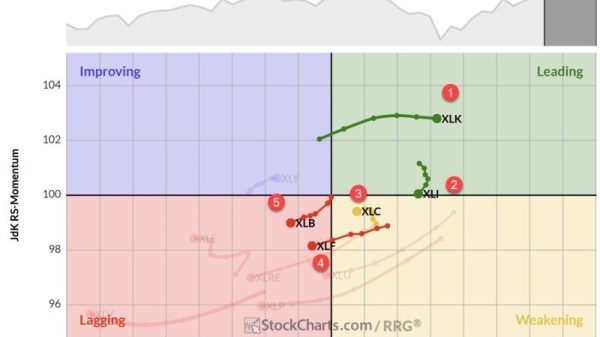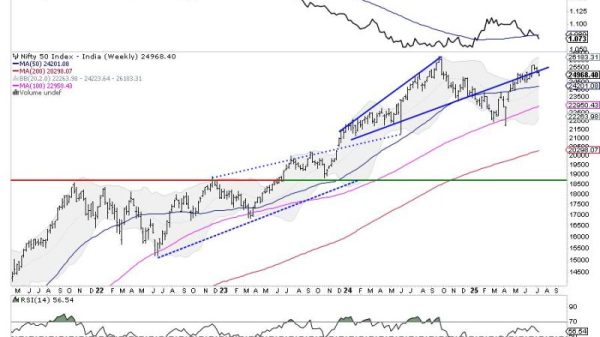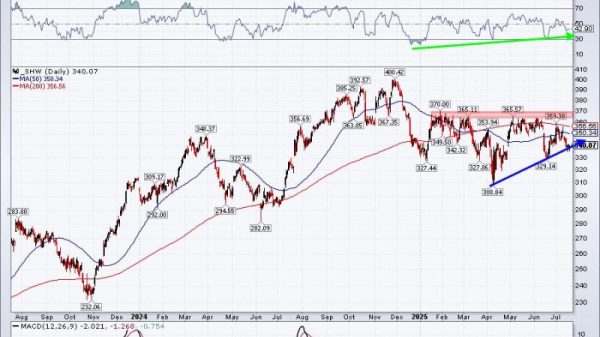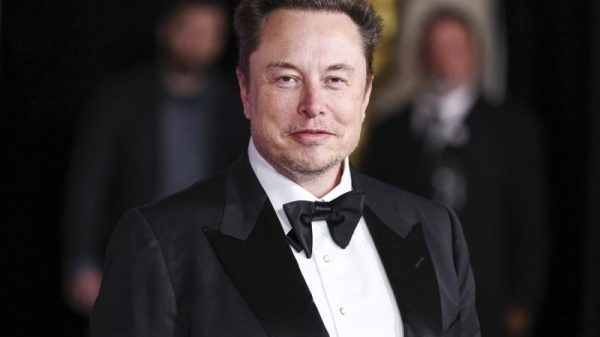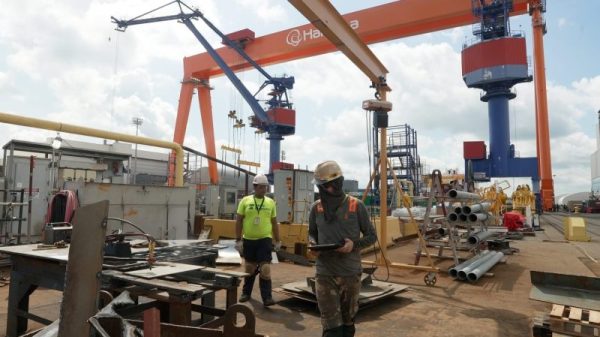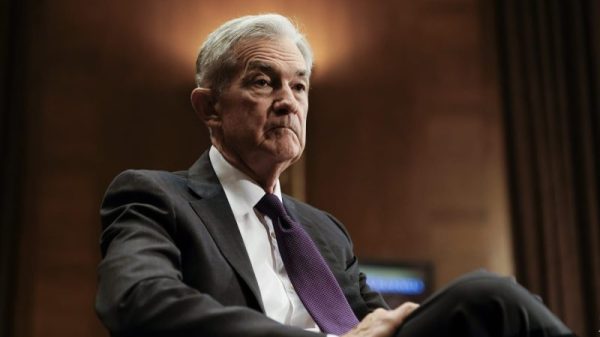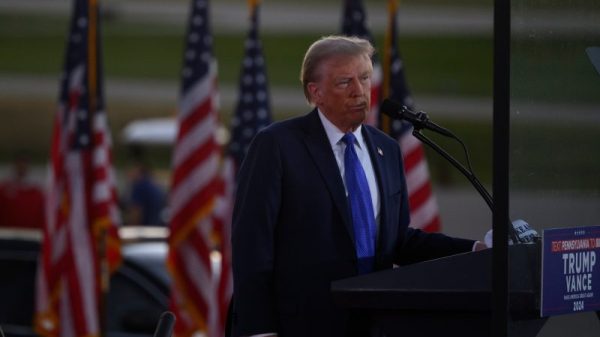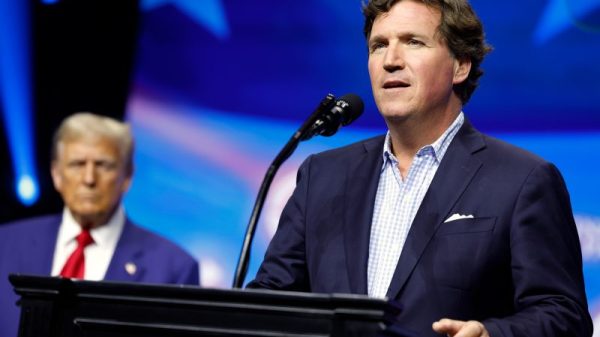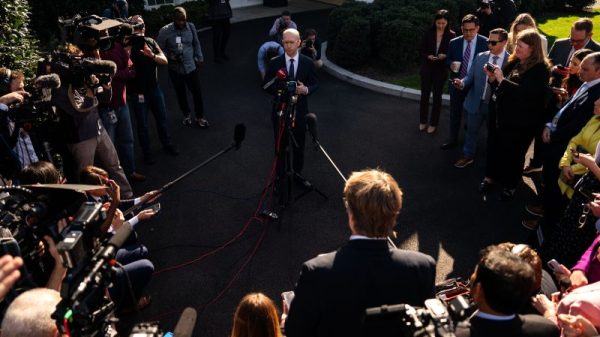The second quarter of 2025 brought more downward pressure for lithium prices, as values for lithium carbonate continued to contract, slipping to their lowest level since January 2021.
After starting the year at US$10,484.37 per metric ton, battery-grade lithium carbonate rose to a year-to-date high of US$10,853.85 on January 27. Prices sank through Q1 and most of Q2, bottoming at US$8,329.08 on June 24.
Lithium hydroxide followed a similar trajectory, with Fastmarkets analysts noting an 89 percent drop in prices for battery-grade lithium hydroxide monohydrate between 2022 and 2025.
“The lithium industry is definitely navigating a period of complexity,” said Paul Lusty, head of battery raw materials at Fastmarkets, at Fastmarkets’ Lithium Supply & Battery Raw Materials conference in June.
“We’re facing headwinds, no doubt, and we’re also seeing quite a lot of negative or bearish sentiment widespread in the market, and I think at times, it’s amplified by voices that really overlooked the phenomenal levels of demand that we’re seeing in many aspects of the market.”
However, Lusty explained that despite facing a multi-quarter price slump, lithium’s long-term drivers remain robust, and are primarily driven by what he described as “mega trends.”
“The fundamentals are really still very strong, and these are anchored in some very powerful, mega trends that we see developing within the global economy; the urgent drive for climate change mitigation, the once in a generational shift in the global energy system, and also the rise of energy intensive technologies such as artificial intelligence,” he said.
Chinese expansions behind lithium oversupply
Although the long-term outlook for lithium remains positive, oversupply and market saturation have added headwinds during the first half of 2025. Demand, particularly from the electric vehicle (EV) sector, remains strong, but global lithium mine supply has outpaced it, rising by an estimated 22 percent in 2024 alone.
“We’re forecasting similar year on year increases for both 2025 and 2026 equivalent to around 260,000 tons of additional (lithium carbonate) alone just this year,” explained Fastmarkets’ Lusty.
“Chinese producers have been particularly aggressive in terms of expanding capacity.” Australia, Argentina and Chile are also driving growth alongside emerging producers like Brazil, and several African nations.
According to data from the US Geological Survey, mined supply from China increased 14.85 percent from 35,700 metric tons in 2023 to 41,000 in 2024, however an asterisk notes that the tallies are estimates, and exact numbers may be “withheld to avoid disclosing company proprietary data.”
For Fastmarkets, the total is likely higher.
“China has rapidly expanded its mining footprint, boosting domestic lithium output by 55 percent since 2023 and is on track to surpass Australia as the world’s top producer by 2026,’ said Lusty. “One of the most notable developments has been the rise of African supply that we started to see over the last two years,” said Lusty.
Africa’s emerging role in the lithium sector
The importance of African supply to the future lithium market was also the topic at Claudia Cook’s presentation, ‘The Lithium Market Shift: China’s and Africa’s Role in Redefining Supply.’
During the 20 minute overview Cook explained that China is increasingly looking to African hard-rock lithium supply to provide feedstock for the country’s growing chemical segment.
So much so that by 2030 18 percent of global hard-rock lithium supply will originate from the continent.
Additionally, the continent will see a 170 percent uptick in hard-rock lithium supply output between 2025 and 2035, according to Cook, who attributes the massive expansion to China’s need to diversify its lithium sources due to domestic supply constraints. To facilitate this demand, China has invested heavily in African production.
“In 2025, 79 percent of African output will be China owned,” she said. “That percentage reduces down to 65 percent in 2035 however, with the increase in tonnage, even though there’s a reduction in percentage, there’ll be an almost doubling in terms of how much that’s actually being put out.”
Regionally, Cook pointed to Zimbabwe and Mali as the country’s poised to see the most growth.
In 2025, Zimbabwe alone is expected to account for 70 percent of African lithium supply, though its share is projected to fall to 43 percent by 2035 as new countries come online.
Despite that shift, African output overall is set to rise significantly, with nations like the DRC, Ethiopia, and Namibia expected to begin production by 2035, said Cook.
Lithium demand surges, but prices lag
The rapid increase in supply has pushed prices to multi year lows, levels that are unsustainable and fail to incentivize new production. Despite this demand remains strong and is expected to grow.
According to the US Geological Survey, global consumption of lithium in 2024 was estimated to be 220,000 tons, a 29 percent increase from revised consumption of 170,000 tons in 2023.
Much of the demand story is attributed to soaring global EV sales, which were up 35 percent in Q1. Lithium consumption in this segment is projected to grow 12 percent annually through 2030.
“Globally, electric car sales this year are forecast to surpass about 20 million units in 2025 representing more than a quarter of all cars sold,” said Lusty.
Future lithium demand remains underpinned by deep structural shifts in global energy consumption.
“We’re witnessing extraordinary battery demand tied to the electrification of the global economy and the rise of renewable energy,” said Lustyt, pointing to surging electricity needs and the increasing role of storage solutions.
In 2024, global electricity demand rose by over 4 percent, adding 1,100 terawatt-hours to the grid, more than Japan’s total annual consumption. This marks the largest year-on-year increase outside post-recession rebounds and reflects broad trends such as greater electricity access, the proliferation of energy-intensive appliances, the expansion of artificial intelligence and data centers, and the shift to electric-powered heavy manufacturing.
Notably, 95 percent of future demand growth is expected to be met by renewables like solar and wind, further boosting the need for battery energy storage systems (BESS) to manage intermittency and stabilize grids.
“Batteries are now essential — not just for EVs, but to balance power systems across sectors,” Lusty added.
Data centers, in particular, are becoming a key growth driver. Since 2017, their electricity use has grown 12 percent annually, according to Fastmarkets, with the US seeing half its centers concentrated in five regional hubs.
By 2030, BESS demand from data centers alone could represent a third of the market, with a projected compound annual growth rate of 35 percent over the next five years.
Overall, lithium demand is forecast to grow 12 percent annually through 2030, underpinned by EV adoption, renewable integration, and digitalization. While China currently accounts for 60 percent of global demand, that dominance is expected to wane as other regions scale up.
“The long-term fundamentals remain intact,” he said, “and it’s hard to envision a future where lithium isn’t central to the global economy.”
What’s next for lithium in 2025?
After June saw prices slip to year-to-date lows, lithium saw a brief uptick in early July amid speculation about supply cuts from Australian miners Mineral Resources (ASX:MN,OTC Pink:MALRF) and Liontown Resources (ASX:LTR,OTC Pink:LINRF). However, gains were reversed after the rumors were denied.
In the US, policy uncertainty continues to weigh on sentiment. A rollback of EV tax credits under the Trump administration could spark a short-term sales bump, but longer-term support appears fragile.
New fair competition rules in China, aimed at curbing downstream dumping, have fueled speculation about broader impacts. While upstream effects are unclear, the policy contributed to July’s brief price rise.
“The nascency of the lithium market means that it is prone to be led by sentiment,” wrote Cook in a monthly update.
‘We have especially seen this at play this month as prices ticked up momentarily mainly from rumors of supply cuts, highlighting how twitchy and reactive the market currently is,’ she continued.
‘These rumors have since been denied … However, with healthy inventory levels and continued ramp-up of production, the reported supply cuts, even if they proved true, may not be enough to dip the market into a deficit.”
Securities Disclosure: I, Georgia Williams, hold no direct investment interest in any company mentioned in this article.



